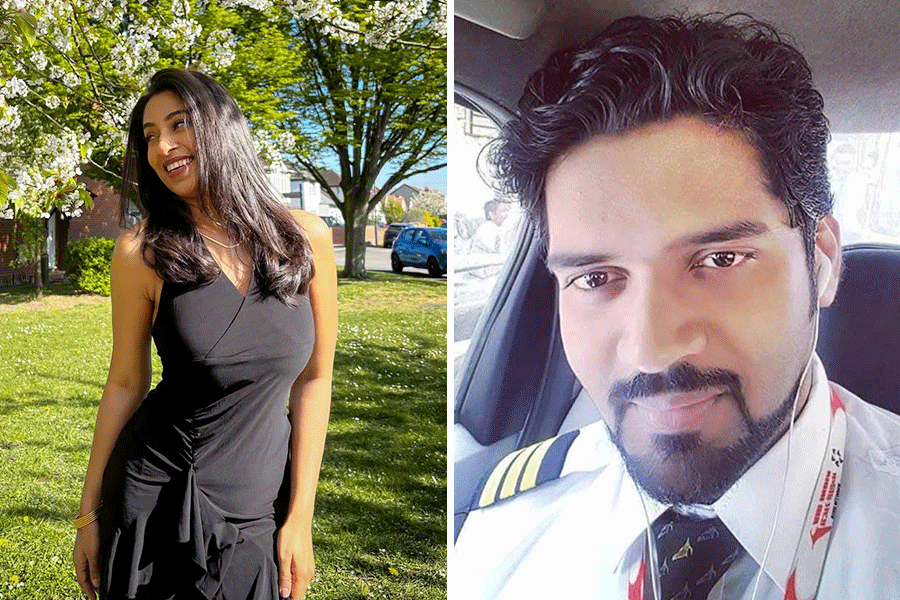
New Delhi, July 22: In a Mozambique savannah, scientists have shown for the first time two-way, mutually beneficial communication between humans and a wild bird, in a fresh twist to a relationship that a Portuguese missionary had observed over 400 years ago.
The scientists have demonstrated through field studies that the birds called honeyguides engage in two-way communication with members of the Yao community in Niassa National Reserve in northern Mozambique - both using specialised vocalised sounds - to guide them to bees' nests.
Yao honey hunters looking for honeyguides give a special call that resembles a loud trill followed by a grunt - brrr-hmm - exclusively to draw the birds. In response, the honeyguides lead their hunting partners to beehives by flying from tree to tree, accompanied by a chattering call.
The people raid the bees' nests for honey, the honeyguides eat beeswax, another material in the nests. The brrr-hmm sound made by humans only when looking for bees' nests allows honeyguides to recognise humans who are likely to be good foraging partners.
"This exchange of specialised signals appears to allow two-way communication between the birds and the people," said Claire Spottiswoode, an evolutionary biologist at the University of Cape Town and the University of Cambridge in the UK, who led the studies.
"We're not aware of any other examples of reciprocal signalling between people and free living wild animals leading to mutual benefit," Spottiswoode told The Telegraph over telephone from Cape Town. The studies' findings were published in the US research journal, Science, today.
While people routinely use dogs and falcons for hunting, the scientists point out that these have been trained by humans to assist in hunting. In contrast, the relationship between the Yao people and the honeyguides appears to have evolved through natural selection.
Scientists believe honeyguides and humans have probably interacted for many thousands of years. But a Portuguese missionary, Joao dos Santos, was the first to describe this mutually beneficial relationship in print, documenting how honeyguides lead men to bees' nests in 1609.
About a quarter of century ago, Kenyan ecologist Hussein Isack had explored the relationship between the two, demonstrating that people from the Boran tribe in Kenya understand the birds' calls and behaviour and use them to find bees' nests.
The new study by Spottiswoode and her collaborators, conservation biologists Colleen Begg and Keith Begg in South Africa, has shown that the birds also understand the sounds made by humans and thus complement the earlier findings from Kenya to establish two-way communication.
Honeyguides are found across sub-Saharan Africa and are particularly known to be brutal at birth. Like cuckoos, honeyguides lay their eggs in the nests of other birds. When chicks hatch, they use sharp hooks at the tips of their beaks to kill their foster siblings at birth, Spottiswoode said.
"They're brutal at birth, but they cooperate with humans," she said. Such cooperation appears crucial to honeyguides because bees' nests are often hidden in inaccessible crevices high up on trees and honeybees sting. People use fire, smoke, and other equipment to drive away bees, leaving the nests open for foraging.
The Niassa National Reserve, roughly the size of Denmark, is populated by elephants, lions, among other wild animals, and people. "While many people consider wilderness not to have people in it, in Niassa, people are an essential part of the landscape," the study's coauthor, Colleen Begg, said in a media release issued by the University of Cambridge.
The biologists say the only comparable communication between people and wild animals is the cooperation between fishermen and dolphins in some parts of the world. But the mechanisms of those exchanges remain unexplored.











